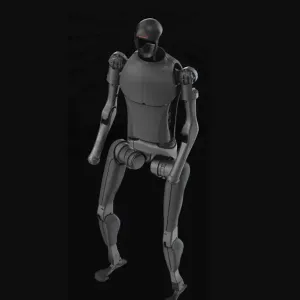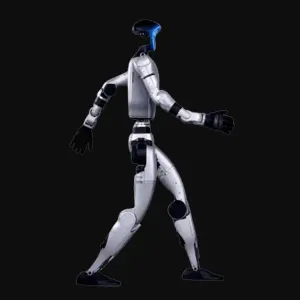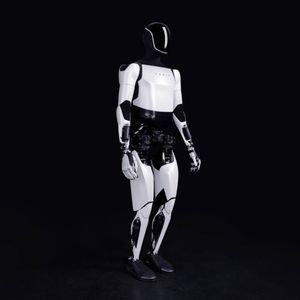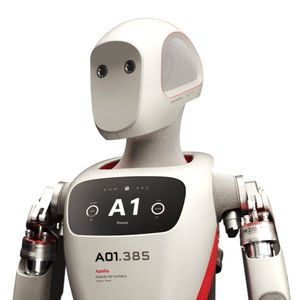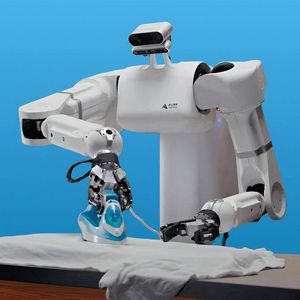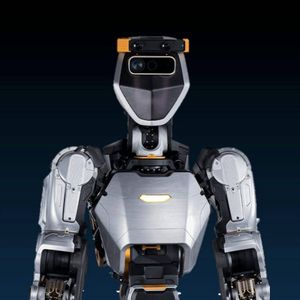Hello
New & Used Humanoid Robots
Aftersales Support
Connect with the best aftersales teams near you for customizations & support.
Get On The Waitlist
Unitree G1
Now up to $1,500 off.
The best value humanoid available today.
Unitree Humanoids
Become a seller
Do you have a humanoid to sell? Become a seller on Robozaps.
Financing
We can provide business financing for bulk orders
Insurance
Make sure you get insurance for additional aftersales care
Recently viewed
Join our community
Connect with other humanoid and AI robotics enthusiasts.
Frequenty asked questions
What is Robozaps?
Robozaps is the world’s leading online marketplace dedicated to humanoid robots. We connect customers with top brands like Tesla Optimus, Figure, Unitree, and more, offering a seamless shopping experience for personal, business, and educational robotics needs.
2. What types of humanoid robots can I find on Robozaps?
Our platform features a wide range of humanoid robots, including models for household assistance, industrial automation, healthcare support, and educational research. From advanced AI-driven companions to cost-effective research platforms, we have something for everyone.
6. What is the return policy for robots purchased on Robozaps?
We offer a hassle-free return policy, typically allowing returns within 30 days of delivery, provided the robot is in its original condition. Specific terms may vary by product, so please check the product page or contact our support team for details.
7. Does Robozaps ship internationally?
Yes, we provide global shipping to bring humanoid robots to customers worldwide. Shipping costs and delivery times vary by location, and you can view estimated details at checkout.
8. How can I get support after purchasing a robot?
Robozaps have a number of partners to help with after sales support such as customizations and onboarding. Get in touch with our team for this service.

